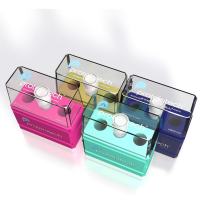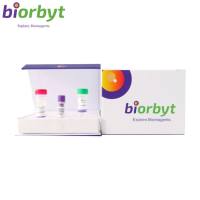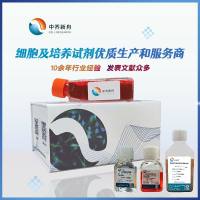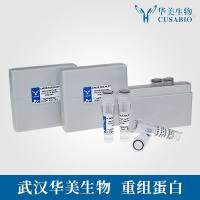An In Situ Hybridization Technique to Detect Low-Abundance Slug mRNA in Adherent Cultured Cells
互联网
648
In this chapter, we describe a simple and relatively rapid technique for detecting lowabundance slug mRNA in cultured cells. The procedure uses nonradioactive digoxigeninlabeled RNA probes that are more sensitive than deoxyribonucleic probes and simpler to detect than radioactively labeled probes. Cells are grown in glass chamber slides, fixed in an acidic fixative, dehydrated through ethanol and xylene, permeabilized in pepsin, and post-fixed. Slides are then incubated overnight at 37�C in a buffer containing 50% formamide and 5–10 ng/μL probe. Excess probe is removed by washing at high temperature in low-salt buffer and by treatment with RNase. Probe is detected immunohistochemically with an anti-digoxigenin Fab fragment, using a tyramide amplification kit to enhance signal and Fast Red for visualization. The technique has the advantages of probe stability and sensitivity, hybridization at low temperature, rapidity and sensitivity of probe detection, and the production of permanent specimens.









